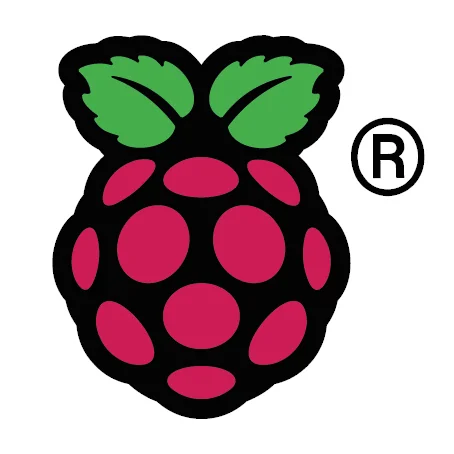Raspberry Pi's Nonchalant Graphics Stack For Linux

The Raspberry Pi, which is based on a Broadcom BCM2835 SoC, has a VideoCore IV GPU paired with its ARM1176JZF-S 700 MHz processor. Here are a few details about the expected graphics software stack configuration:
- OpenGL ES 2.0, OpenVG, EGL, and OpenMAX IL will be the core APIs supported by their GPU libraries on the Raspberry Pi. (Sadly it doesn't look like their library setup is based upon Gallium3D.)
- The Raspberry Pi Foundation has licensed MPEG-4 and H.264 codecs for the device, which the VideoCore IV GPU can accelerate. They also hope to be able to support VP8, MJPG, and Theora since those codecs are royalty-free. The GPU itself is able to handle hardware decoding for H.264, MPEG-1, MPEG-2, MPEG-4, VC-1, AVS, and MJPG. There is vector-accelerated-but-otherwise-software-decode for VP6, VP7, VP8, RV, Theora, and WMV9. The VideoCore IV is said to be able to support 1080p encode and decode. It would be interesting if the video acceleration on the Raspberry Pi was exposed through VA-API or VDPAU, but that doesn't appear to be the case.
- The graphics stack is made-up of closed-source libraries. This is common for ARM SoCs unfortunately, but the Lima project may change things.
- The only open-source part of the graphics stack is the kernel driver itself, which again isn't too different from the other ARM SoC vendors. Unfortunately this open-source kernel driver is not part of the mainline Linux kernel (at least as of the current Linux 3.3 cycle). If the interfaces exposed by the kernel driver are only used by a closed-space "client", it unfortunately doesn't stand much of a chance of making it into the kernel as the kernel developers can't properly test the interface and its functionality is limited to using a binary blob. Read about embedded GPUs on Linux being a great big mess.
So basically the Raspberry Pi graphics situation isn't anything special compared to the other SoC vendors. The Broadcom BCM2835 with VideoCore IV graphics should offer decent OpenGL ES 2.0 performance. It's also very capable of serving 1080p content with hardware acceleration. Back at SCALE 10x I saw the Raspberry Pi running the XBMC media player and it was quite a surprisingly pleasant experience. The only downsides are that the user-space libraries are closed-up and that the open-source kernel driver is not part of the mainline Linux kernel.
22 Comments

